I get through a lot of batteries.
This is mostly because of my strange habit of wearing a GPS logging device, which means I always use at least three AAAs every day. But even without this idiosyncracy, the increasing number of flashguns, remote controls, bluetooth trackpads, keyboards and mice, bicycle lights, microphones, voice recorders and other gadgets around the house means that I would have been bankrupt long ago if I hadn’t switched over entirely to rechargeables a few years back.
It strikes me that I can’t be the only one in this position. So here are a few ‘workflow’ tips from a seasoned charger, to help you take control of your battery-powered life!
1. Be willing to invest in power!
There’s nothing worse than having to find a fresh battery for your remote control in the back of a drawer, just at the moment at which everyone in the family is waiting to watch a movie. Make sure you have plenty of batteries for your needs, and lots left over. Brace yourself, spend a reasonable amount of money, and your life will become easier. It is Christmas, after all.
2. Set aside space for it.
I have four little storage trays labelled ‘AA flat’, ‘AA charged’, ‘AAA flat’ and ‘AAA charged’, and there are typically about 6-12 batteries in each tray, besides those actually installed in my devices. There are always charged batteries available whenever I need them, and when the ‘flat’ trays start to get too full, I stick a batch of them in the charger before I go to bed.
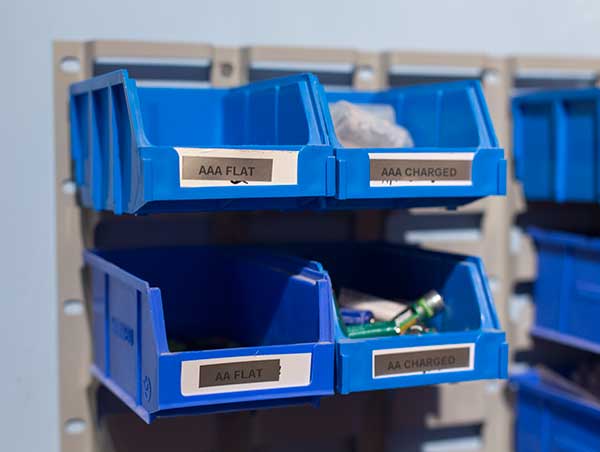
There is also a small shelf in our store room which is dedicated to charging. That’s where my iPhone dock, and all the chargers for my various different battery types, live. There’s a multi-way mains adapter so I never have to search for a charger or search for a socket. Makes life much easier.
3. Get yourself good batteries.
And by that, I mean Sanyo Eneloops. These have served me so well that I never buy anything else now. They aren’t the highest-capacity ones available, but they are low self-discharge. This means that you can charge them up, put them in your ‘charged’ tray, and be pretty confident that they will have retained plenty of oomph when you come to take them out again. Traditional NiMH batteries will discharge pretty quickly over a small number of weeks, meaning that there’s likely to be a gap between realising that you need them, and being able to use them again! (It drives a lot of the sales of turbo 20-minute battery chargers, which do work, but will shorten the life of your batteries. And you may still have to wait 20 mins before watching the movie!)
4. Treat yourself to a decent charger.
I have an exceedingly good one by Maha.
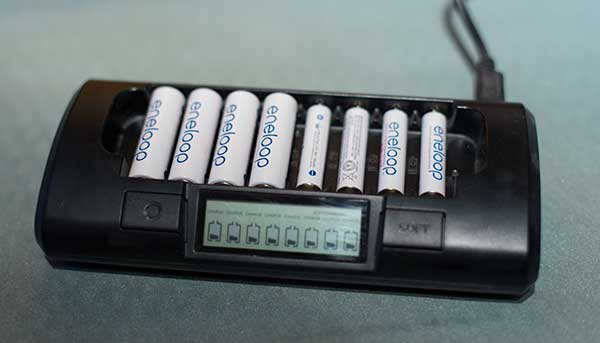
Whoa, I hear you say… you spent how much on a battery charger? Well, trust me, it’s possible to spend a great deal more than this, but I went for Maha after seeing recommendations from professional wedding photographers who go through large numbers of batteries every week, and I’ve been very pleased with it. It has fast and slow charging modes, can take any number of batteries from one to eight, but, most importantly, these are 8 independent charging circuits, which means that they will do the right thing even if you mix up partly- and fully-discharged, AAs and AAAs all at the same time. There are smaller Maha ones, but you don’t need to load and unload your charger nearly so often if you can do eight at a time!
But if that seems like overkill for you, then I recommend the Energizer CHCC-UK, if you can still find it.

This has four independent circuits, supports 9v batteries too, and doesn’t try to woo you with super-high-speed charging. Fill it up before you go to bed and empty it in the morning. (I’ve found Energizer batteries to be good, too, though not as good as Eneloops).
Beware, though, of more flashy modern imitations like this Energizer CHP42UK:
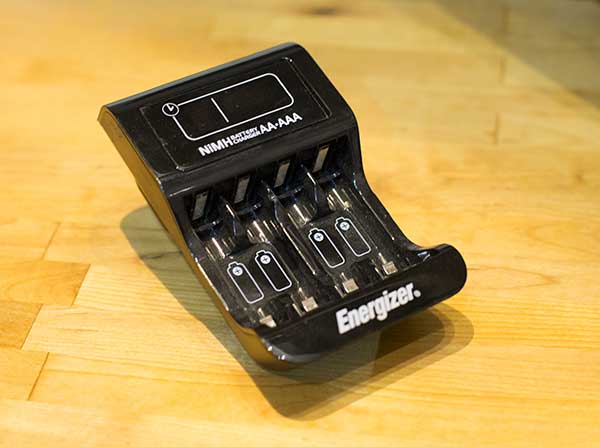
This may have a pretty display, but it only has two charging circuits, so you must insert either two or four batteries at once, and ideally you should always pair up similarly-discharged ones of the same type and age. Too much hassle. It can be hard to find out in advance just what a charger can do; see if you can find the manual online before buying.
5. Old batteries die.
When they do, you should send them to the great recycling centre in the sky. Fortunately, the days of leaking acid destroying the inside of your bicycle lights are mostly behind us, but a dead battery will sap the strength of your good ones if placed in the same device. No point in having taken good care of your troops, if they then have to go into battle dragging an injured colleague with them. (Am I overdoing the analogies?)
When I suspect a battery of being near the end of its life, I make a mark near one end of it with a fine-tipped permanent pen, and then stick it back in the charger. If, at a later date, I again find it rather flatter than I think it should be, it gets another mark. Three strikes and it’s out.
Recently, I’ve taken to labelling new batteries with their date of first use, and a code to help me to keep them together as a batch if wanted. This helps give a clue as to whether a permaturely dead battery is likely just to be discharged, or is in fact very elderly.

And so we come to the last point – how do you know when they’re dying?
6. Get a good battery tester.
You want something that can test various different battery types, and test them under load. Simple devices will just measure a battery’s voltage, which is useful, but almost anything more sophisticated will give you a better indication of how it’s likely to perform in the real world.
You need something that will let you quickly check any batteries before you dash out with your flashgun to that important press event. But you should also periodically review the ones in your ‘charged’ tray to make sure they are behaving as they should and won’t take you by surprise in future. Ideally, you want to check your batteries periodically, a few hours after they’ve been charged, to make sure they’re charging properly, and holding their charge. I’m not that disciplined. I tend just to do random spot checks from time to time, but this is much better than nothing.
To do this, I use the ZTS battery testers, which can check a variety of different battery types using a test cycle of just a few seconds, and then give you a simple readout.
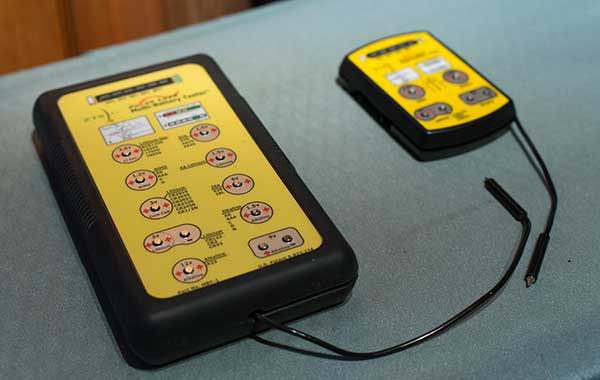
I have a big one for my charging shelf, and a smaller one for the office and when on the road. Once again, you may want to brace yourself before looking at the price, but they’re well-made and I’ve never regretted my purchases. You can get them from Amazon, or, slightly more cheaply in the UK, from here.
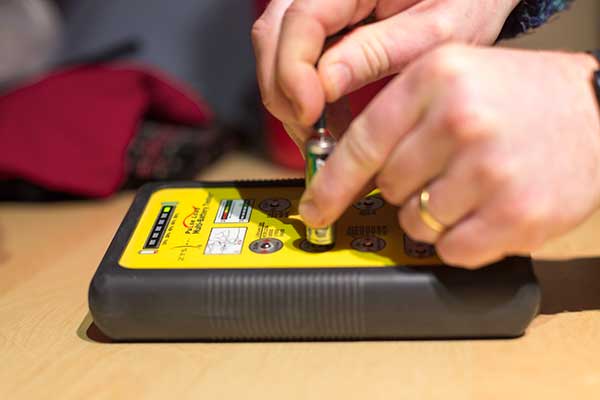
So there you are: these tips will make you the light of the charge brigade, or something like that. If the above seems terribly complicated, then that’s just because I’ve gone into some detail, but I can summarise it more succinctly:
- Buy lots of good batteries – more than you need – and a good charger
- Use a good tester to weed out dead batteries from your stock
And if it seem expensive, that’s because I’m a believer in buying good quality stuff infrequently, rather than rubbish on a regular basis!
Take control of those little packs of power, and they will be your friends, rather than letting you down in times of need. This system has worked well for me now for some time; some of the suggestions must be useful to others!
P.S. In fact, this could be the first draft of the upcoming bestseller, Getting Things Charged. GTD enthusiasts will recognise many of the elements: gathering all your batteries into a limited number of in-trays, processing, sorting, clear labelling, periodic review… it’s bound to be a hit!


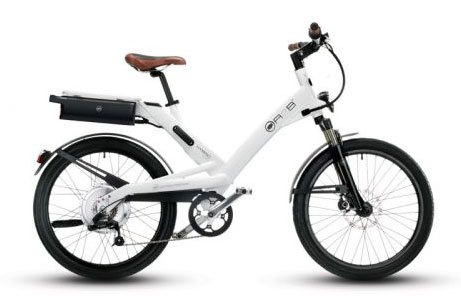






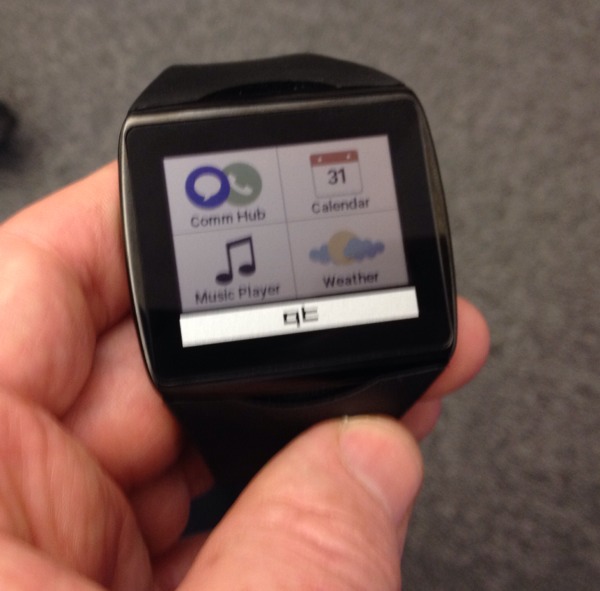
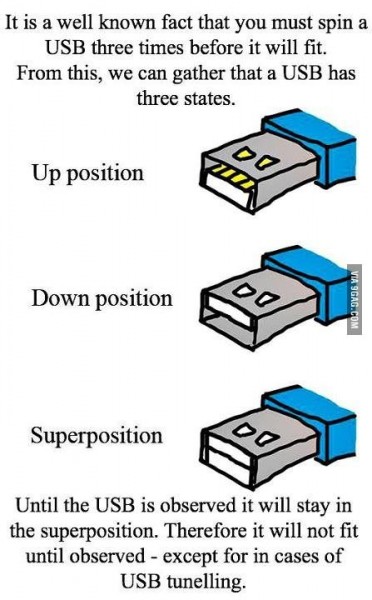



Recent Comments